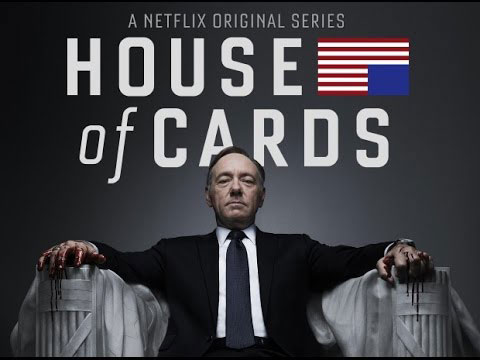
After a year-long wait, Netflix released season four of its original series “House of Cards” this past Friday. While some were disappointed with the show’s previous chapter, season four makes up for any doubt in the tale of Frank Underwood.
With a cliff-hanger ending in the last season, the show continues with President Underwood, played by Kevin Spacey, in his quest for the Democratic nomination for the 2016 presidential race. While Underwood initially clawed his way to the presidency through corruption and secrecy, he now feels the pressure of being likable enough to be voted in by the general public.
The first half of the new season begins in somewhat of the same vain as the last, with Underwood continuing his term with some changes to his staff and inner circle. The true glory of season four is not until the second half, where the dominoes placed in previous years quickly begin to fall.
When faced with the enemies and ghosts of his past, season four Underwood is similar to the man who we saw in the beginning, but now with the bigger picture in mind. As the episodes continue, Underwood continues to break down the fourth wall and to increase his communication with the audience, which is where Spacey truly shines. This season also shows a powerful performance from First Lady Claire Underwood, played by Robin Wright, and when the two work together, the strength missing in season three comes through.
With this new installment, viewers will be kept on the edge of their seats when Underwood shows just how far he will go to protect his legacy. Heather Dunbar, Underwood’s main contender for the Democratic nomination, represents the small glimmer of hope for justice through the fog of deception. While Dunbar has noble goals, what drew viewers to this show in the first place was the grit and corruption of Underwood and his team. This is the show where you can root for evil to win.
While over-dramatized at times, politics in the show have become reflective of the presidential race in the real world. Just like the 2016 campaign trail, “House of Cards” brings us more of a side-show than an election focused on substantive policies.
Familiarity in the show’s political atmosphere is not the only place where fans will see a reflection into their own world. The argument on gun control, a Supreme Court vacancy, the terrorist group ICO, military intervention in Syria and the fear of domestic terrorism are all key plot points in season four. Appearances by CNN Reporter Wolf Blitzer and others from the network make this season feel real and close to home.
In this season, almost every character has their own ulterior motives. Even Secretary of State Catherine Durant — who became a pawn of Underwood since early into the series’ first season — exemplifies the way that everyone is looking out for themselves. For characters who show undivided loyalty, like Underwood’s Chief of Staff Douglas Stamper, we see how fringed they have become from their decisions and the price they pay for loyalty.
As another year passes, so does the short, 13-episode season of “House of Cards.” With a much stronger ending than the previous season, the wait for the already renewed fifth season begins. Along with the renewal announcement came the news that show-runner and creator Beau Willimon will not return.
While the future of “House of Cards” is unknown, the 13 episodes just released are enough to get loyal fans through the next year.


